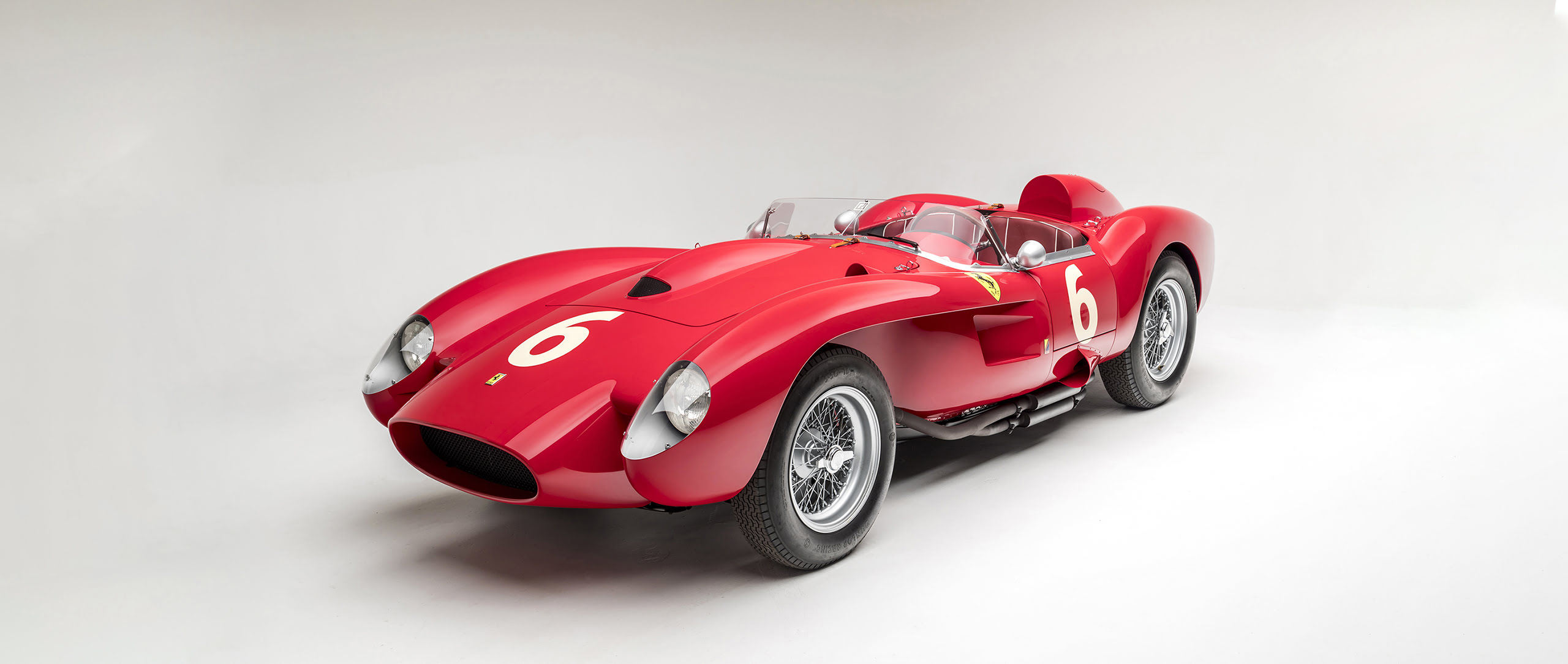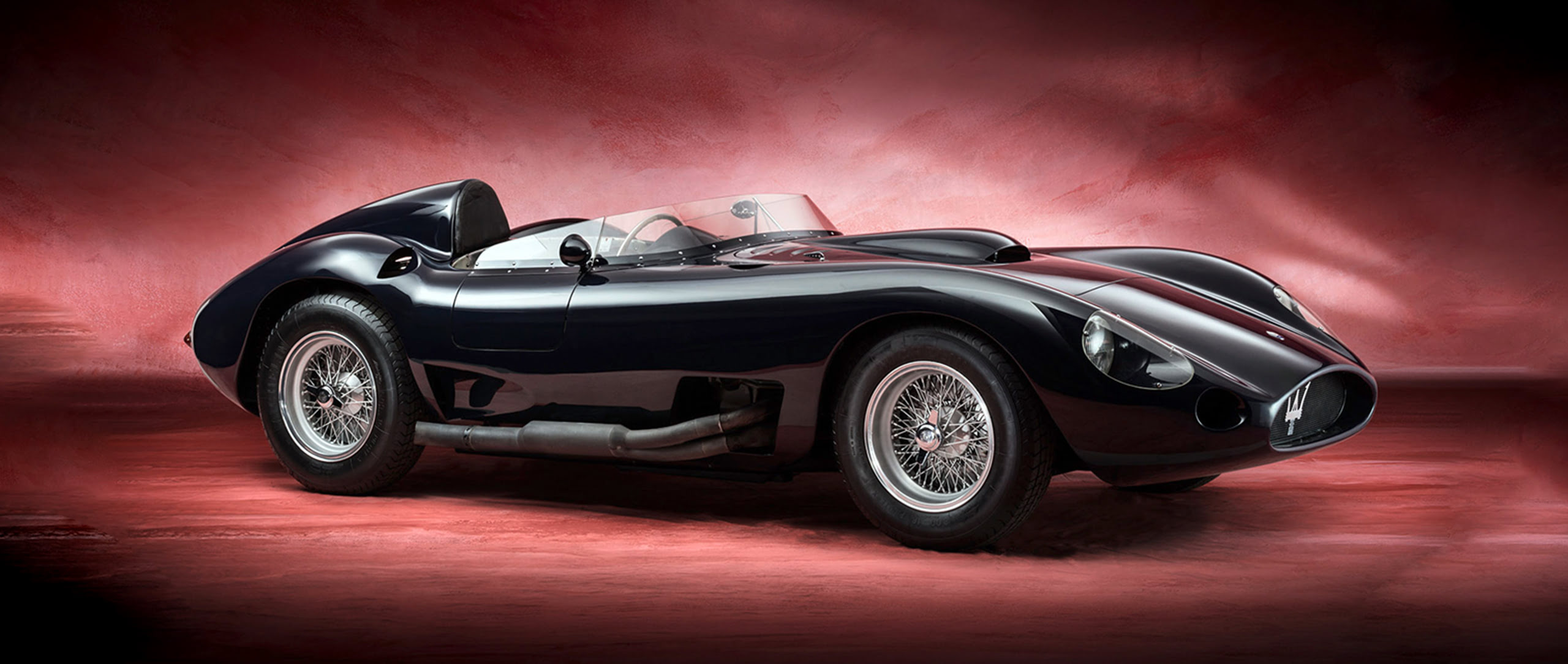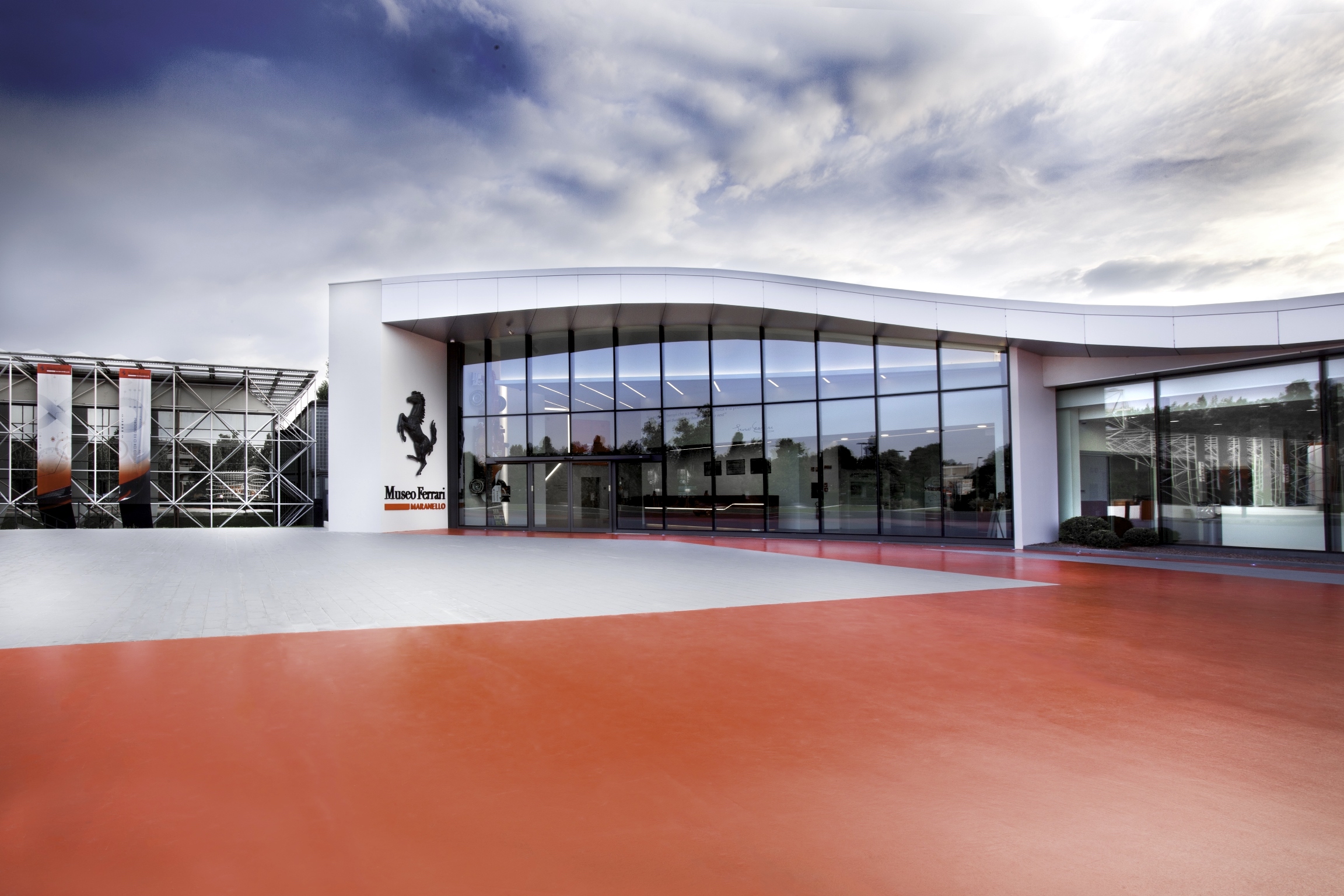Beautiful and unbeatable
17 October 2020 1 min read 5 images

The idea of Sergio Scaglietti, the magical coachbuilder from Modena who worked for Ferrari during the 50s, was to make the magnificent mechanics of the new Ferrari sports car - christened Testa Rossa and destined for the World Sports Car Championships, perform even better through aerodynamics. His inspiration for the front section was from Formula 1: a distinctive cut-away nose separated from the fenders, visible front suspension and a deep recesses in the flanks to facilitate the flow of air from the brakes. At that time, and we are in the autumn of 1957, no-one imagined that even the smallest aerodynamic appendage - as today’s Formula 1 cars clearly demonstrate - could significantly change the behaviour of the car.
Register to unlock this article
Signing up is free and gives you access to hundreds of articles and additional benefits. See what’s included in your free membership. See what's included in your free membership.
Already have an account? Log In




